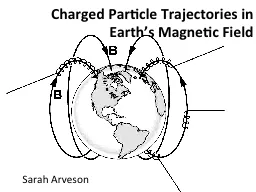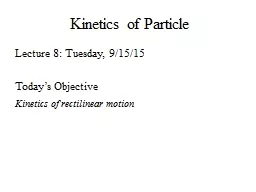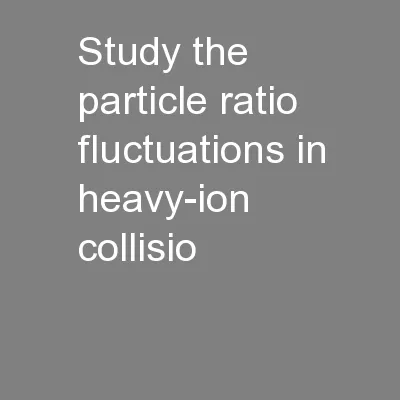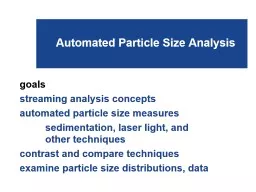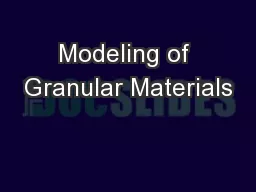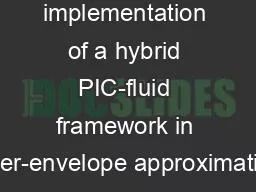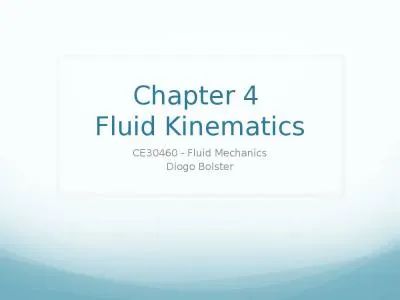PPT-Fluid Particle Operations:
Author : cappi | Published Date : 2023-10-04
Unit 1 By Sarmad Rizvi Introduction General Perception of Chemical Engineering is to convert or separate raw materials into useful products How Some processes and
Presentation Embed Code
Download Presentation
Download Presentation The PPT/PDF document "Fluid Particle Operations:" is the property of its rightful owner. Permission is granted to download and print the materials on this website for personal, non-commercial use only, and to display it on your personal computer provided you do not modify the materials and that you retain all copyright notices contained in the materials. By downloading content from our website, you accept the terms of this agreement.
Fluid Particle Operations:: Transcript
Download Rules Of Document
"Fluid Particle Operations:"The content belongs to its owner. You may download and print it for personal use, without modification, and keep all copyright notices. By downloading, you agree to these terms.
Related Documents




